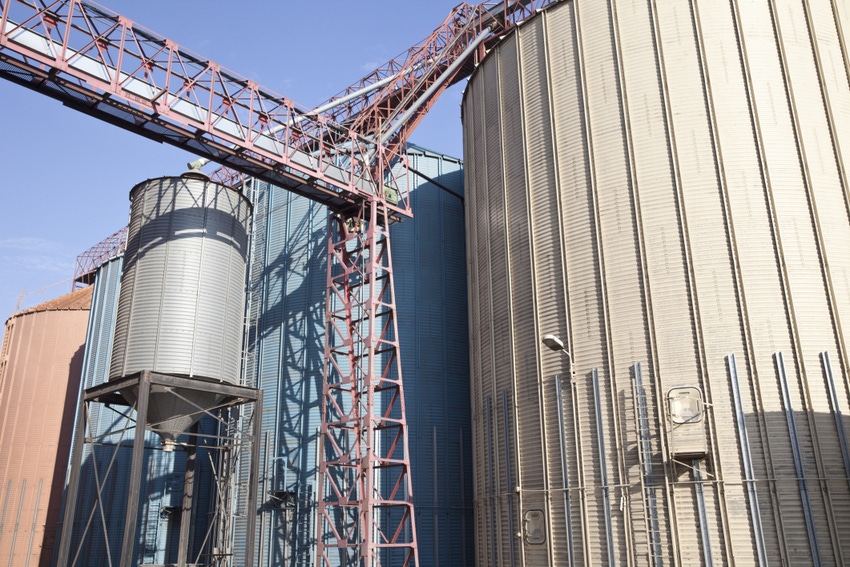Cross-contamination, especially in receiving areas of feed mills, cited as weak point in overall biosecurity efforts.

The basic goal of a biosecurity program is to "make sure to keep pathogens away from a flock (or any group of animals) and, if a pathogen enters, to keep it from spreading," according to Dr. Bill Stanley, director of global health monitoring for Aviagen.
Stanley opened the American Feed Industry Assn.'s session on "Biosecurity in the Face of Foreign Animal Disease -- What the Feed Industry Needs to Know" at the International Production & Processing Expo in Atlanta, Ga.
He said biosecurity is something everyone needs to be thinking about with the goal of disease prevention, especially with current outbreaks of avian influenza and African swine fever.
"Don't wait for a disease" outbreak to happen before taking action, Stanley said.
Dr. Cassie Jones, associate professor at Kansas State University, spoke on specifics of swine feed mill biosecurity and noted that "feed is only one of many vectors" for disease transmission, but the dynamics may shift because of the structure of the feed industry -- e.g., a single feed truck could contaminate several farms with a novel virus.
Jones said the goal is to keep pathogens out of the feed mill, noting that in the U.S., swine producers have done a good job with on-farm biosecurity, but the feed mill is one of the last gaps in the system. Cross-contamination, especially in the receiving areas, is a concern at mills.
Noting that there is no single silver bullet, she highlighted several hurdles feed mills need to overcome to improve facility biosecurity, such as excluding high-risk ingredients, extending biosecurity practices from farms to mills and practicing active mitigation.
For high-risk ingredients, Jones said it is important for feed mills to "know and trust" not only their ingredient suppliers but also their suppliers' suppliers. She suggested not using grains or oilseeds from regions with foreign animal disease and, when using other ingredient types, to take steps to ensure that they are at low risk for disease transmission.
"While the focus on prevention via ingredients is key, efforts must simultaneously address feed mill biosecurity," Jones said.
She said feed delivery continues to be a weak point in biosecurity protocols. At the mill, she said just sweeping floors may not be enough, and operators could add a sanitation step to floor cleaning.
Jones also recommended not using dust from milling operations as an ingredient in feed as well as separating dust collection systems from grain handling systems. She said collected dust is often returned to corn hoppers to reduce shrink, but dust has been shown to contain high pathogen loads.
It is also important to create and maintain lines of separation at a feed mill so "outside" materials such as trucks, clothing and shoes are kept physically separate from "inside" operations.
About the Author(s)
You May Also Like

.png?width=300&auto=webp&quality=80&disable=upscale)

